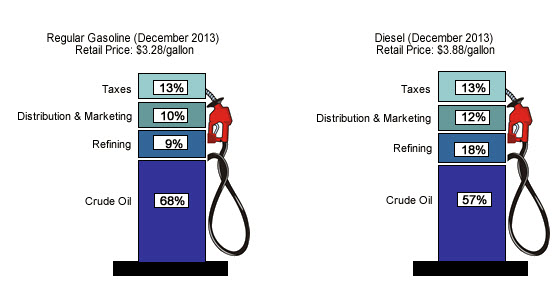gallery essay format Discount of Ezassignmenthelp template Free The about
The single biggest factor in the price of gasoline is the cost of the crude oil from which it is refined. In recent years, the world’s appetite for gasoline and diesel fuel grew so quickly that suppliers of these fuels had a difficult time keeping up with demand. This demand growth is a key reason why prices of both crude oil and gasoline reached record levels in mid-2008. By the fall of 2008, crude oil prices began to fall due to the weakening economy and a contraction of global petroleum demand. These factors helped gasoline prices to drop below $2 per gallon of regular gasoline in late 2008 and early 2009. The gradual improvement in the U.S. and world economies in 2010 and the political events in the Middle East and North Africa in early 2011, the source of about one third of world oil production, contributed to increases in crude oil and gasoline prices in 2010 and 2011. Prices in 2012 were similar to those in 2011, although concerns about world oil supply, economic conditions, and petroleum demand caused prices to fluctuate during the year.
gallery introduction Truearth introduction How to use EssayStudio
There are three main grades of gasoline, based on octane levels: regular, midgrade, and premium. The octane level of a fuel refers to its resistance to combustion; a fuel with a higher octane level will be less prone to pre-ignition and detonation, which is also known as engine knocking. Premium grade is the most expensive; the price difference between grades is typically about 10¢ per gallon.
What Are the Main Components of the Retail Price of Gasoline?
The cost to produce, transport, and sell gasoline to consumers includes:
- The cost of crude oil
- Refining costs and profits
- Distribution and marketing costs and profits
- Taxes
Retail pump prices reflect these costs, as well as the profits (and sometimes losses) of refiners, marketers, distributors and retail station owners.
What Determines the Cost of Crude Oil?
essay is gallery food writing https://essaystudio.org/do-a-cv-online
The cost of crude oil as a share of the retail gasoline price varies over time and among regions of the country. Crude oil prices are determined by both supply and demand factors. On the demand side of the equation, world economic growth is the biggest factor. One of the major factors on the supply side is the Organization of the Petroleum Exporting Countries (OPEC), which can sometimes exert significant influence on prices by setting an upper production limit on its members, which produced about 43% of the world’s crude oil as of November 2012. OPEC countries have essentially all of the world’s spare oil production capacity, and possess about two-thirds of the world’s estimated proved crude oil reserves. Oil prices have often spiked in response to disruptions in the international and domestic supply of crude oil.
Taxes Add to the Price of Gasoline
format gallery Thesishelpers Discount pdf
301 Moved Permanently
Federal, state, and local government taxes are usually the next largest part of the retail price of gasoline. Federal excise taxes are currently 18.4¢ per gallon. As of July 1, 2012, state excise taxes averaged 23.4¢ per gallon, and 12 states levied additional state sales and other taxes on gasoline. Additional county and city taxes can have a significant impact on the price of gasoline in some locations.
Refining Costs and Profits
writing ap introduction is Thesishelpers Discount
Refining costs and profits vary from region to region of the United States, partly due to the different gasoline formulations required in different parts of the country. The characteristics of the gasoline produced depend on the type of crude oil that is used and the type of processing technology available at the refinery where it is produced. Gasoline prices are also affected by the cost of other ingredients that may be blended into it, such as ethanol.
Distribution, marketing, and retail dealer costs and profits make up the remainder of the retail price of gasoline. Most gasoline is shipped from the refinery first by pipeline to terminals near consuming areas where it may be blended with other products (such as ethanol) to meet local government and market specifications, and is then delivered by tanker truck to individual gasoline stations.
Some retail outlets are owned and operated by refiners, while others are independent businesses that purchase gasoline from refiners and marketers for resale to the public. The price on the pump includes the retailer’s cost to purchase the finished gasoline and the costs of operating the service station. It also reflects local market conditions and factors, such as the desirability of the location and the marketing strategy of the owner.
The cost of doing business by individual dealers can vary greatly depending on where the dealer is located. These costs include wages and salaries, benefits, equipment, lease/rent, insurance, overhead, and state and local fees. Even retail stations next to each other can have different traffic patterns, rents, and sources of supply that affect their prices. The number and location of local competitors can also affect prices.
Source: U.S. Energy Information Administration. (http://www.eia.gov)

